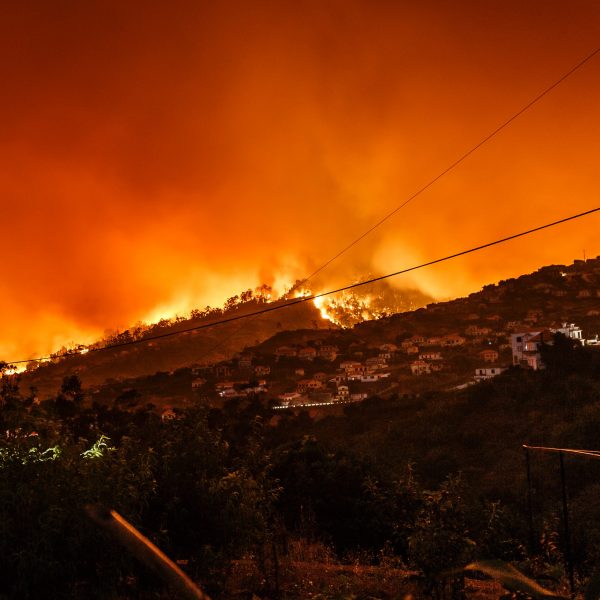ECTs have a vital role in supporting children dealing with trauma

Even when trauma – such as that arising from events like the catastrophic bushfires that continue to rage across New South Wales and Queensland – passes and the physical damage is healed, the emotional scars persist, especially for Australia’s youngest citizens.
New research from the University of South Australia (Uni SA) has explored the growing uncertainty faced by children aged from birth to eight years of age in disaster zones, finding that early childhood teachers (ECTs) hold a vital role in supporting children dealing with trauma.
With nearly 535 million children globally living in countries that are affected by conflict or disaster, with hundreds more displaced as they seek safe refuge overseas, many early childhood settings and schools find themselves playing host to those who bring with them many experiences of personal trauma.
Lead researcher Professor Marjory Ebbeck said the role that an early childhood teacher plays in securing the emotional development of a child cannot be underestimated.
“Teachers hold a unique place for a young child. Outside their family, they’re one of the most trusted and familiar faces who, in their role as a teacher, provide a welcoming and secure environment for the child to learn and develop,” Professor Ebbeck said.
When young children are confronting trauma, and navigating the fall out – whether through natural disasters such as Australia’s bushfires, or manmade disasters such as conflicts in the Middle East – they carry all their worries, confusion and emotions with them, and that’s where teachers need to be prepared, she added.
While resources and supports exist to help educators to navigate the complexities of trauma, “few have filtered down into education programs, which means there are still large gaps in the system” and given the importance of educators as a “first line of defence,” Professor Ebbeck pointed to some tips in lieu of a child-specific national disaster strategy.
She emphasised that helping a child through an emergency or trauma requires a holistic approach that not only encompasses socio-emotional development but also practical strategies, both pre, during and post emergency.
Educating children about emergencies is “essential” and educators should involve children in practical sessions and drills, so children know what to do if confronted by an emergency situation, she added.
“Safety of children and educators is always paramount. It’s critical that teachers know their sites emergency plan, evacuation procedures, and understand how they should respond in specific events, such as bushfires.”
Professor Ebbeck also noted that communication is vital, ensuring parents are kept informed about what their children are learning.
Additional strategies for supporting children to reintegrate into the education environment after a traumatic experience include:
- Checking in with the child’s parents – make sure they have enough of the essentials – food, clothing, and somewhere to stay.
- Making sure your room is safe, both physically and emotionally – familiar and welcoming surroundings create a sense of security and belonging for children.
- Listening to children – don’t avoid difficult questions. Children are curious and need to work through their worries and concerns.
- Delivering consistent and predictable routines – children love routines. Having a safe, predictable environment creates stability and security.
- Checking in on friendships – make sure the child is still engaging with their peers and friendships helps them build confidence, and well-being.
- Providing opportunities for expression – dramatic play and artwork enable children to freely express and explore their feelings.
- Maintaining trust– building secure relationships are essential. A trusting, caring environment provides the best basis to build self-esteem and resilience.
There’s no doubt, the Professor said, that the role of the educator is complex, especially when children and communities are confronted by trauma or disaster.
“While we cannot prevent disasters from happening, understanding more about what educators can do to prepare for and respond to an emergency situation, can certainly help,” she said.
For more information about the current natural disaster threats in Queensland and New South Wales, please see here.
Popular

Quality
Workforce
Practice
Provider
Caring for children after community tragedy
2025-12-15 08:28:17
by Fiona Alston

Quality
Practice
Research
Small ways to teach babies and toddlers body safety and consent in early learning
2025-12-15 08:00:40
by Fiona Alston

Economics
Provider
Quality
Jobs News
Policy
Practice
Workforce
The year in review: 2025's most impactful ECEC news stories and shifts
2025-12-16 07:32:18
by Fiona Alston














